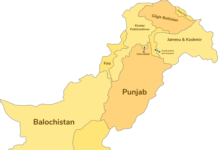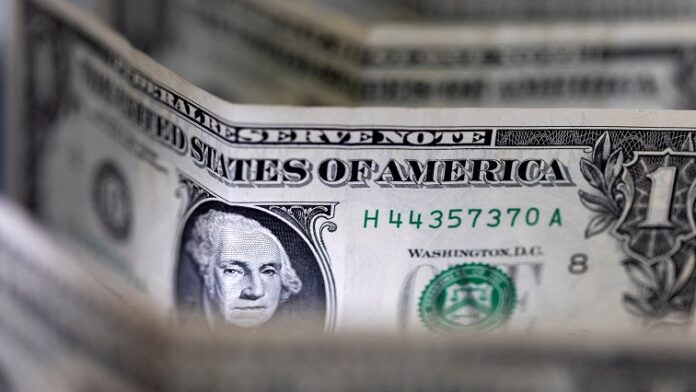Pakistan secured nearly $20 billion in foreign loans and grants during the first 11 months (July-May) of the fiscal year 2024-25, exceeding the annual target of $19.2 billion set for the year ending June 30, according to a report by the Economic Affairs Division (EAD).
Of the total amount, approximately half consisted of legacy rollovers from China, Saudi Arabia, and the United Arab Emirates (UAE), while new loans and grants reached $6.89 billion. This marks a 9% decline compared to the same period last year.
Notably, the $20 billion figure does not include the $2 billion received from the International Monetary Fund (IMF) in two tranches under the ongoing $7 billion Extended Fund Facility (EFF), which is recorded separately by the State Bank of Pakistan (SBP).
The rollovers included $3 billion each from Saudi Arabia and China, and $2 billion from the UAE. Pakistan’s total annual rollover portfolio from these countries stands at approximately $12.7 billion, which includes safe deposits and loans, leaving net international reserves (NIR) at around $3 billion.
The EAD report showed that the foreign economic assistance (FEA) during July-May stood at $6.89 billion, compared to $7.55 billion during the same period in the previous year. This is against a target of $19.4 billion for 2024-25, with the previous year’s total at $17.6 billion.
The EAD noted a drop in foreign economic assistance inflows by 8.7% to $6.89 billion, largely due to delays in the IMF programme, which made commercial lenders hesitant to disburse funds. In comparison, inflows during the same period last year totaled about $9 billion, which included IMF funds.
In May alone, inflows amounted to $797 million, showing a slight increase from $576 million in April, $555 million in March, and $237 million in February.
Out of the $6.89 billion received, approximately $3.9 billion was allocated for budgetary support or programme loans, while $2.98 billion was directed toward project financing. Last year, project aid stood at $2.56 billion, while programme loans amounted to $4.99 billion.
Multilateral lenders contributed $3.37 billion in the first 11 months of 2024-25, compared to $3.14 billion in the previous year. Bilateral disbursements dropped sharply to $487 million, down 45% from $889 million in the same period last year.
Foreign commercial lenders based in the UAE provided approximately $903 million, reflecting a slight rebound from last year when commercial financing had nearly dried up. However, this is still far below the $3.8 billion target set for the year, showing the ongoing impact of the delayed IMF programme, economic challenges, and credit rating concerns.
The government had also aimed to raise $1 billion through international bonds and projected $9 billion in inflows from China and Saudi Arabia, which included a $5 billion time deposit from Saudi Arabia and $4 billion in SAFE deposits from China. These funds are critical for bridging Pakistan’s external financing gap under the IMF programme.
Additionally, Pakistan received $1.77 billion from overseas Pakistanis through Naya Pakistan Certificates, up from $1.05 billion in the same period last year. The Asian Development Bank disbursed $1.39 billion during the period, a rise from $766 million a year earlier, while the World Bank contributed $1.23 billion.
























